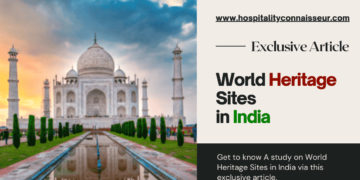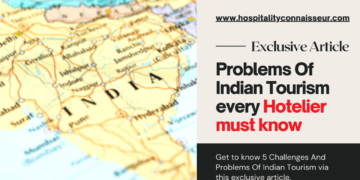“JAPAN”
A mythical country of diligent people.
Official Name: Nippon-koku.
Location: In Pacific Ocean, North East Asia.
Total Area: 03,77,915 km²
Total Population: 124.8 Million.
Capital City: Tokyo.
Famous Cities: Kyoto, Yokohama, Sapporo & Osaka.
Official Language: Japanese
Religion: Buddhism, Shinto & Christianity.
HISTORY
Japan now has a parliamentary government as well as a constitutional monarchy. ‘Emperor Jimmu’ was the first king of Japan. And it is believed that he had been on the throne in 660. The start of written history of Japan dates back to around 400 AD. ‘Yamato Dynasty’ was ruling that time and ‘Kyoto’ was the capital of that monarchy. At that time Buddhism began to spread in Japan due to its contacts with Korea. Chinese culture also had a great impact on Japanese rulers. During the centuries that followed, the influence of the royal court was diminished by the confrontation of power among powerful landed families in Japan. But at the same time the power of the breed of Samurai warriors and Soldiers was increasing.
In 1192, the leader ‘Yoritomo’ of Minamoto clan had established the military rule and he assumed a new name ‘shōgun’ (Military dictator). But in 1860 the reign of this king came to an end; and the reign of the king named ‘Meiji’ was established. King Meiji made many political and economic reforms in Japan and so he is still considered an ideal king. Time is known as Meiji period, a time of rapid change that witnessed the Empire of Japan rapidly transform from an isolationist feudal state to an industrialized world power.
At that time, Japan’s power extended to Taiwan and Manchuria. During World War I, Japan occupied the German-ruled islands in Pacific, but as a result of the invasion of the United States during World War II, Japan had to suffer the atom bombs dropped on the cities of Hiroshima and Nagasaki. America’s general Douglas Macarthur became Japan’s supreme commander after World War II and a new constitution was introduced in Japan; In which the king became the only symbolic head of the government and the presidential authority was given to the Parliament of the representatives of the people.
ECONOMY
Japan came out of the recession after World War II at a rapid pace and has been steadily growing ever since. It is currently regarded as one of the developed and most developed country in Asia. The total national income of Japan in 2010 was $ 4.13 trillion and per capita income was $ 32,600.
The proportion of natural resources in Japan is very low. Frequent earthquakes and volcanic eruptions occur here. The cultivable land is only 12% of the total land. Therefore, Japan’s economic development is largely attributed to the industrial sector, and the large-scale export of produce to the region.
Japan is considered to be the most developed country in the world in terms of technology. Large exports of motorcycles, electronic equipment, machine tools, steel and non-ferrous metals, chemicals, steamer ship’s technology and clothing are exported from Japan to other countries.
CULTURE
During the last one thousand years, Japanese culture has been constantly evolving. During the shōgun regime, Japan was isolated from other countries of the world, but now its culture is very confused and the effects of other Asian countries, European and North American cultures are beginning to appear on Japanese lives.
However, the old culture of the samurai warriors called ‘Geisha’ & the traditions of Geisha, women’s traditional dress ‘Kimono’, tea making, serving and drinking practices, etc., still persist here.
After the reform of King Meiji, the development of literature, architecture, painting and music has also grown very rapidly in Japan.
Of course, because Japan is a very free country and its commercial relations with many countries around the world, the impact of other cultures of the world is also affecting Japan’s life. In a way, a culture like the blending of old Buddhist traditions and modern lifestyle is prevalent in Japan today.
CUISINE
Today, certain Japanese dishes are becoming popular in the US, Europe, and some other Asian countries. Including dishes called Sushi, Tempura and Teriyaki.
Due to the vast coastline, Japanese cuisine has special significance for fish as well as other animals of marine life. In the world, whale fish’s meat is the most widely used fish-meat in Japan, and many dishes from this fish are used in Japanese daily meals.
Japanese food mainly consists of rice, seafood, some pickles and steamed vegetables. And this kind of specific diet is responsible for the Long life of Japanese people.
TRADITIONS
Women’s dress Kimono and Massage Bathing, Tea making and drinking specialty, Creating mind-blowing gardens, Traditional music, Sumo wrestlers, Public bath houses, Samurai swords, Buddhist and Shinto religion festivals, Public weddings, Which are still preserved traditions in Japan. Even some of these have reached Japan’s neighboring countries.
Japanese people are generally introvert and less talkative, and offer more interaction to their own group. They also make special efforts to maintain harmony. Japanese people are regarded as the most enterprising and hardworking people in the world.
This is Japan. A small country with big impact on Lifestyle & Technology. still with a strong hold on their Cultural values.





























